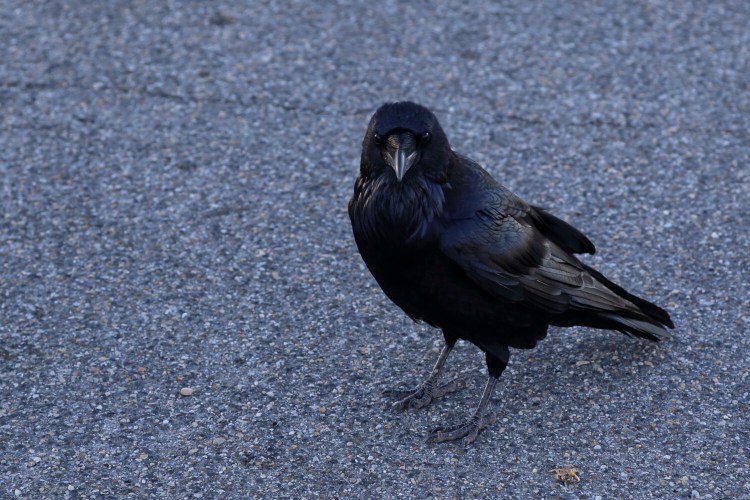When I began graduate work in biology over 40 years ago, describing one’s specialty was easy. Some of us were pursing research as ecologists, others as geneticists, physiologists or cell biologists. We tended to interact with students of similar interest. It was unusual for ecologists to have in-depth academic conversations with geneticists, much less to pursue joint research projects.
Since then, interdisciplinary studies have grown in popularity. Two scientists with different expertise, working together on a question, often leads to huge dividends. Synergy between the scientists may produce a sum greater than the parts.
Consider some of the most substantial research projects in ornithology in the last 20 years. Geneticists and morphologists (scientists who study the structure of organisms) have combined their expertise to provide much better resolution of the relatedness of groups of birds.
Without DNA analysis, who could have guessed that the closest relatives of penguins are albatrosses or that hawks and falcons are distantly related? Physiologists have collaborated with physicists to greatly expand our understanding of bird flight.
The value of interdisciplinary research is so ingrained now that graduate students are mastering techniques in quite different subdisciplines of biology that can be profitably used to answer particular research questions. Newly trained biologists have more tools in their belts than we old-timers with a more narrow focus.
Today I’ll describe a project with American crows that involves the use of standard field observation techniques as well as nutrition analysis.
With the exception of portions of the desert southwest of the United States, American crows are conspicuous parts of bird communities in our country. They are adaptable birds, nesting in rural and urban habitats.
Do crows nesting and living in urban areas pay a price for living in such unnatural habitats? Are urban environments threats to the survival and nesting success of crows? Those were the questions posed by Dr. Andrea Townsend and her colleagues; their research was published recently in The Condor.
One part of the project involved sampling 140 nestling crows from 66 nests along a transect in Davis, California, from rural to urban areas. The researchers took a blood sample from each nestling. Various body measurements like bill length, bill width, weight and lower leg length provided a measure of body condition; larger birds are generally healthier.
Each nestling was outfitted with a unique combination of color-bands to permit individual identification through binoculars or spotting scope. Surveys of the color-banded crows were conducted several times a week for up to three years to assess survival.
The results demonstrated that crow survival in urban environments was lower than in rural habitats. Blood cholesterol levels were elevated in urban birds. We know in humans that cholesterol levels in our blood need to hit a happy medium; too much cholesterol and too little cholesterol are both problems. For birds, we don’t know what that happy medium is. In this crow study, higher cholesterol levels were associated with better body condition.
This study was continued in upstate New York, where Dr. Townsend sampled 86 crow nestlings from 29 nests in urban environs. Some of the parents were given three McDonald’s cheeseburgers five or six times a week for up to six weeks. The parents descended on the offerings quickly and usually brought the cheeseburgers back to the nest to share with their nestlings.
The results confirmed the expectations; consumption of cheeseburgers led to higher blood cholesterol levels.
This work did not provide a simple answer to whether urban environments are poorer habitats for American crows than rural areas. We know that urban crows do have lower survival. But crows do have access to human high-fat, high-caloric foods in urban areas that increase their blood cholesterol, improving their body condition and perhaps ameliorating some of the other negative aspects of city living.
Herb Wilson taught ornithology and other biology courses at Colby College. He welcomes reader comments and questions at whwilson@colby.edu.
Send questions/comments to the editors.


